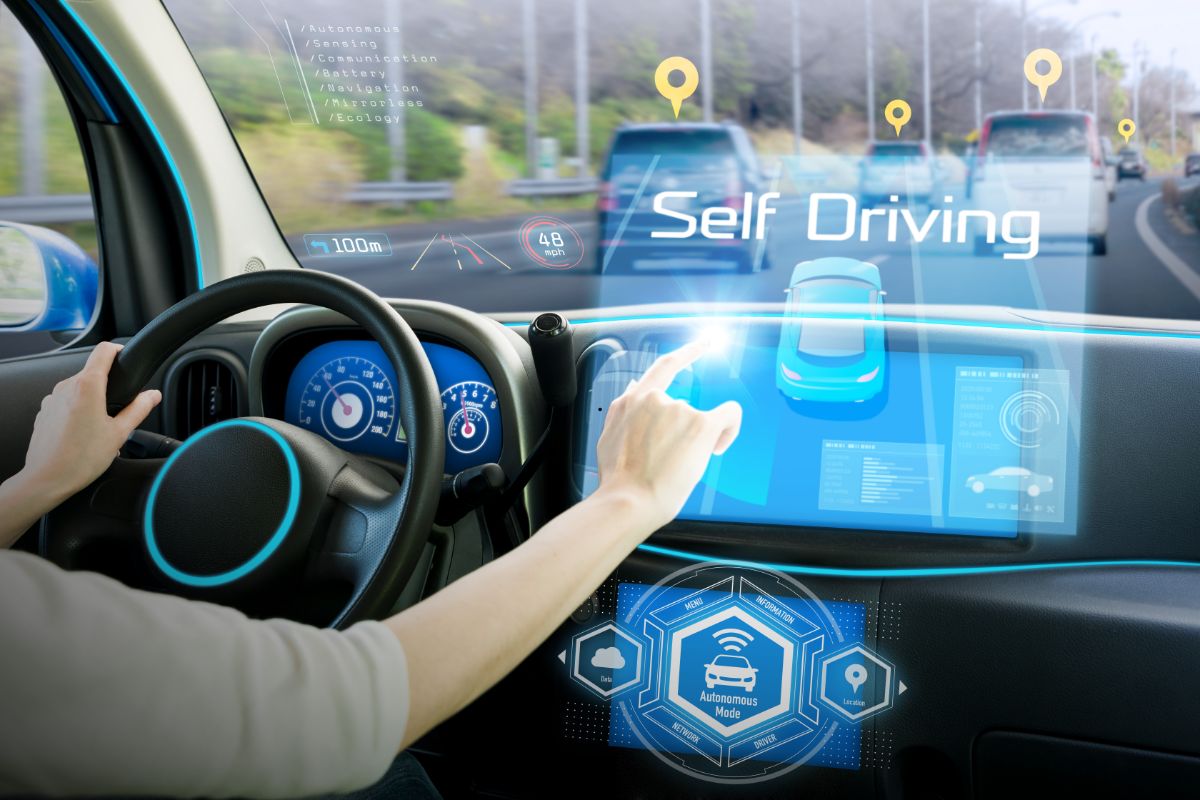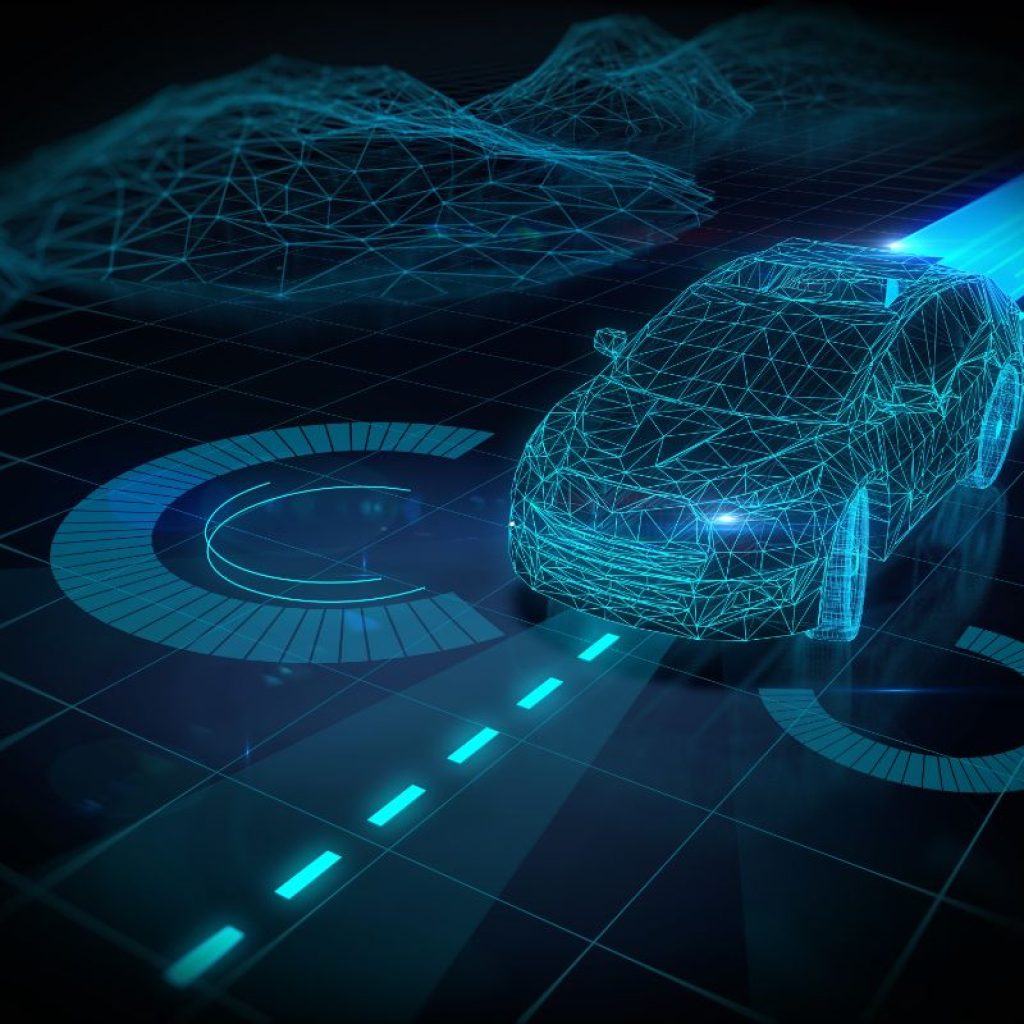Pros and Cons of Self-Driving Car Technology

Self-driving cars are one of the most talked-about innovations in transportation today. With the rise of autonomous vehicles, it’s essential to weigh the pros and cons of self-driving car technology. While self-driving cars promise incredible benefits, such as reduced accidents and convenience, they also come with significant challenges. Let’s dive into both sides of the story.
Pros of Self-Driving Cars: Why They’re a Game-Changer
Self-driving cars have the potential to transform the way we travel. From enhancing safety to improving efficiency, numerous advantages make them an attractive option for the future.
1. Increased Safety on the Roads
One of the most compelling reasons to embrace autonomous vehicles is the promise of increased safety. Human error is responsible for around 90% of traffic accidents, according to studies. Self-driving cars are programmed to follow traffic laws, stay within speed limits, and react to dangers faster than human drivers. By removing human mistakes, the technology could significantly reduce accidents and save lives.
2. Reduced Traffic and Congestion
Self-driving cars communicate with each other and the surrounding infrastructure, enabling smoother coordination on the roads. This could reduce traffic congestion, making commuting faster and less stressful. Autonomous vehicles can adjust their speeds and routes based on real-time data, helping avoid traffic jams and improving the overall flow of traffic.
3. Greater Mobility for the Disabled and Elderly
For people with disabilities or elderly individuals who can no longer drive, autonomous vehicles provide greater independence. Self-driving cars can help them regain mobility and reduce their reliance on others for transportation. This can improve their quality of life by allowing them to go places independently.
4. Improved Fuel Efficiency
Self-driving cars can potentially lead to improved fuel efficiency. By using algorithms to optimize driving patterns, autonomous vehicles can reduce fuel consumption. For instance, they can maintain a consistent speed, avoid unnecessary acceleration or braking, and minimize idling, all of which contribute to lower fuel use.
5. Less Time Spent Driving
With autonomous vehicles taking over the driving task, you can use the time spent in the car more productively. Whether working, reading, or relaxing, self-driving vehicles give you the freedom to focus on other activities, making commuting more enjoyable and less tiresome.
Cons of Self-Driving Cars: Challenges to Overcome

Despite the many advantages, there are some significant cons of self-driving car technology that cannot be ignored. These challenges need to be addressed before fully embracing autonomous vehicles.
1. High Initial Cost
The high cost of self-driving cars is one of the most significant barriers to widespread adoption. The technology, sensors, and sophisticated software required to make a vehicle autonomous come with a hefty price tag. While the costs are expected to decrease over time, the initial investment remains a significant hurdle for many potential buyers.
2. Job Losses in the Transportation Industry
The widespread adoption of self-driving cars could displace millions of jobs in the transportation sector. Truck drivers, taxi drivers, and delivery drivers may face job insecurity as automation replaces human labor. While new jobs in AI, vehicle maintenance, and other related fields could be created, the transition may disrupt many workers in the short term.
3. Ethical and Legal Concerns
Self-driving cars present a host of ethical and legal issues. For example, how should an autonomous vehicle react in a situation where a crash is unavoidable? Should it prioritize the safety of its passengers or the safety of pedestrians? These moral dilemmas are still being debated, and clear guidelines need to be established.
Additionally, liability becomes an issue in the event of an accident. Who is at fault: the car manufacturer, the software developer, or the owner? These legal uncertainties will need to be resolved as self-driving cars become more prevalent.
4. Cybersecurity Risks
Since self-driving cars rely heavily on software, cybersecurity risks are a concern. Autonomous vehicles are susceptible to hacking, which could result in theft, data breaches, or even the hijacking of the car. Manufacturers will need to implement robust security measures to protect these vehicles from cyber threats.
5. Impact on Public Transport Systems
Self-driving cars could undermine public transportation systems. With the convenience of autonomous vehicles, fewer people may opt to use buses or trains, leading to reduced demand for public transport. This could affect the funding and viability of public transit systems, especially in cities that heavily rely on them.
How to Prepare for the Self-Driving Revolution

As we look toward the future, it’s essential to prepare for the integration of self-driving cars into society. Here are some ways we can get ready for the shift:
1. Update Infrastructure
For autonomous vehicles to function efficiently, infrastructure upgrades will be necessary. This includes bright traffic lights, better road markings, and more robust wireless communication systems between vehicles and traffic management systems. Governments and municipalities will need to invest in these upgrades to support self-driving cars.
2. Improve Regulation and Legislation
Clear and comprehensive regulations and laws need to be put in place to govern self-driving cars. This includes determining safety standards, liability laws, and addressing ethical concerns. Collaboration between lawmakers, car manufacturers, and technology experts will be essential to ensure that self-driving cars are safe and effective for public use.
3. Public Education
Educating the public about self-driving technology is crucial for ensuring smooth adoption. Drivers, pedestrians, and other road users will need to understand how autonomous vehicles operate and what to expect when interacting with them. Awareness campaigns and driver education programs will help ensure safety as more self-driving cars hit the roads.
Conclusion: Weighing the Pros and Cons of Self-Driving Cars
The pros and cons of self-driving car technology are clear. While self-driving cars offer tremendous potential in terms of safety, mobility, and efficiency, they also come with challenges that must be addressed. High costs, job displacement, ethical concerns, and cybersecurity risks are just some of the hurdles that need attention before widespread adoption. As the technology evolves, it will be essential to weigh the benefits against the drawbacks to ensure that autonomous vehicles benefit society as a whole.
FAQs
1. Are self-driving cars safe?
Self-driving cars have the potential to reduce accidents caused by human error, but they still face challenges like software glitches and unpredictable road conditions.
2. Will self-driving cars replace human drivers?
While self-driving cars will automate many aspects of driving, there will still be situations where human oversight or intervention is required, especially in complex environments.
3. How much do self-driving cars cost?
Self-driving cars are currently expensive due to the advanced technology and sensors required. However, costs are expected to decrease as the technology becomes more widespread.
4. Will self-driving cars cause job losses?
Yes, self-driving cars could replace jobs in the transportation industry, but they may also create new opportunities in fields like AI development and vehicle maintenance.
5. How will self-driving cars impact the environment?
Self-driving cars could potentially reduce fuel consumption and emissions by optimizing driving patterns. However, the environmental impact will depend on the type of energy used (electric vs. gas-powered).
Also Read: What is the significance of prompt engineering in generative AI?







